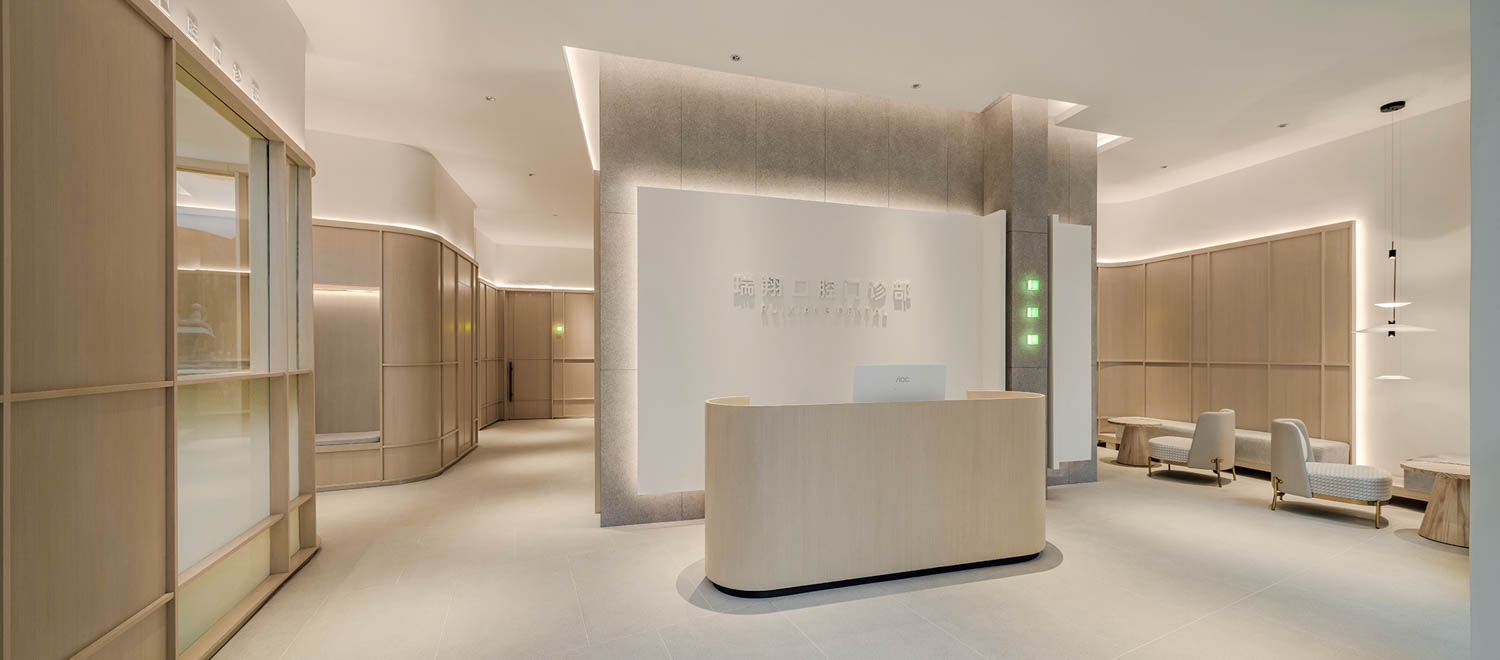Subtotal: $340

Design Criteria for setting up a dental clinic
When designing a dental clinic, it is essential to balance functionality, patient comfort, aesthetics, and compliance with healthcare standards. A well-designed clinic not only improves workflow efficiency but also enhances the overall patient experience. Here are key design criteria to consider when setting up a dental clinic:
1. Space Planning and Layout
- Reception and Waiting Area: This should be welcoming, comfortable, and calming. Include enough seating, natural lighting, soft colors, and possibly entertainment options like a TV or magazines.
- Treatment Rooms (Operatories): Typically, a clinic has at least 2-4 operatories for treating patients. Ensure these rooms are spacious enough for the dentist, assistants, and equipment. Each operatory should have proper lighting, easy access to supplies, and dental units positioned ergonomically.
- Sterilization Room: This room should be centrally located to allow easy access from all treatment rooms. Separate clean and dirty zones for sterilization equipment.
- X-ray Room: It must be lead-lined and meet local health regulations. Position it close to treatment rooms for efficiency.
- Office and Consultation Space: Provide private spaces for consultations and patient discussions. Doctors may also need separate offices for administrative tasks.
- Storage: Adequate storage for dental instruments, materials, and supplies is crucial. Cabinets, closets, or shelving must be planned efficiently, especially in operatories and sterilization areas.
2. Ergonomics and Workflow Efficiency
- Efficient Patient Flow: The layout should ensure smooth patient flow, minimizing cross-traffic between sterile and non-sterile areas. Consider the movement of both patients and staff throughout the clinic.
- Proximity of Equipment: Ensure essential equipment like dental chairs, X-ray units, and storage for frequently used instruments are easily accessible for dentists and assistants. This reduces unnecessary movement and maximizes time with patients.
- Ergonomic Furniture: Use ergonomic chairs and workstations for staff, as dental procedures often require long hours of focus. Also, design dental chairs that are comfortable for patients.
3. Infection Control and Hygiene
- Compliance with Hygiene Standards: Design elements must meet infection control protocols, including easy-to-clean surfaces, appropriate materials (e.g., vinyl flooring), and proper ventilation.
- Handwashing Stations: Install sinks with touch-free faucets in each treatment room, the sterilization room, and public areas like bathrooms.
- Medical Waste Disposal: Set up a designated area for the safe disposal of medical waste, adhering to local health and safety regulations.
- Air Purification Systems: Use advanced HVAC and air filtration systems to maintain clean, sterilized air, minimizing the risk of infection.
4. Lighting and Ambiance
- Natural Light: Incorporate natural light in waiting and consultation areas to create a warm, welcoming environment. In treatment rooms, use a mix of natural and artificial lighting.
- Task Lighting: High-quality task lighting over the dental chair is crucial for precision during treatments. Avoid glare and ensure even distribution of light.
- Calming Ambiance: Use soft colors and soothing design elements to reduce patient anxiety. Consider adding calming artwork, natural elements, or soft background music.
5. Technology and Electrical Infrastructure
- Dental Equipment: Ensure the clinic is wired for modern dental equipment, including dental chairs with built-in instrument trays, suction units, and X-ray machines.
- Data and Communication Systems: Set up data infrastructure for patient management software, digital X-rays, and communication between rooms.
- Power Supply: Design sufficient electrical outlets in each treatment room to accommodate dental units, computers, and additional medical equipment.
- Backup Power: Consider backup generators to maintain functionality in case of power outages.
6. Accessibility and Patient Comfort
- Wheelchair Accessibility: Ensure compliance with ADA (or local) guidelines for accessibility. This includes wide hallways, low reception counters, and wheelchair-accessible bathrooms.
- Noise Reduction: Use soundproofing materials to minimize noise from dental equipment, ensuring a calm and quiet environment for waiting patients.
- Climate Control: Install efficient HVAC systems for proper temperature control, ensuring comfort for both patients and staff.
- Private Areas: Include areas for patients to wait privately, especially for those undergoing sensitive procedures.
7. Compliance with Local Regulations
- Building Codes: Ensure the design complies with local building regulations, fire safety codes, and healthcare facility standards.
- Health and Safety Regulations: Adhere to infection control guidelines, sterilization protocols, and medical waste management regulations.
8. Aesthetics and Branding
- Interior Design: Create a modern, clean look that reflects the brand image of the dental clinic. Use calming colors and design elements that make patients feel at ease.
- Brand Identity: Incorporate elements like signage, color schemes, and logos that reflect the clinic's identity, enhancing recognition and professionalism.
Conclusion
Designing a dental clinic requires careful planning and consideration of functionality, patient comfort, and healthcare compliance. By focusing on space efficiency, ergonomics, hygiene, and aesthetics, you can create a clinic that not only meets the highest standards of care but also provides a welcoming, stress-free experience for patients

 Velvet Teal Blue
Velvet Teal Blue





